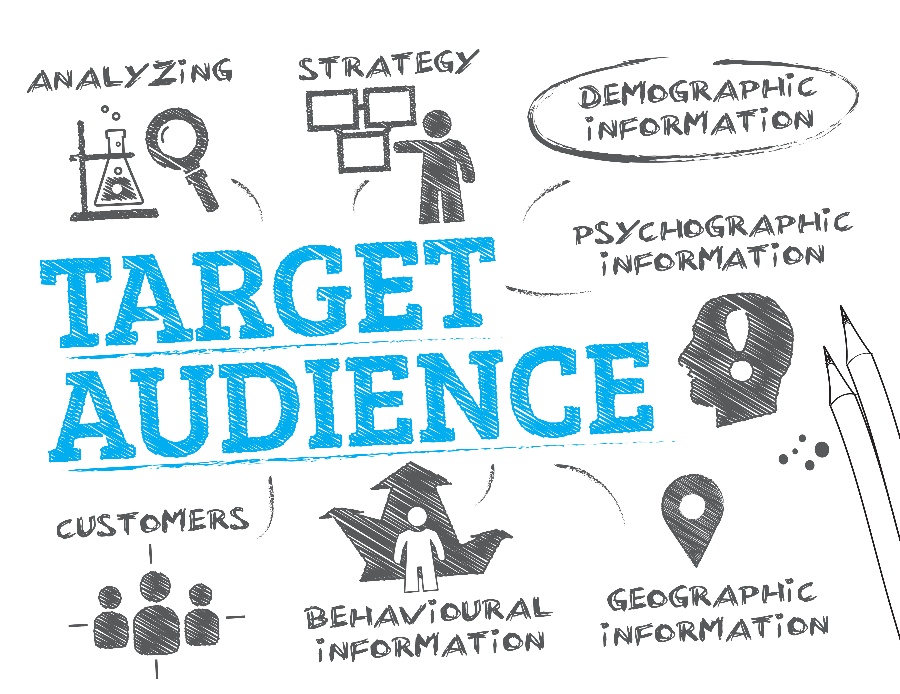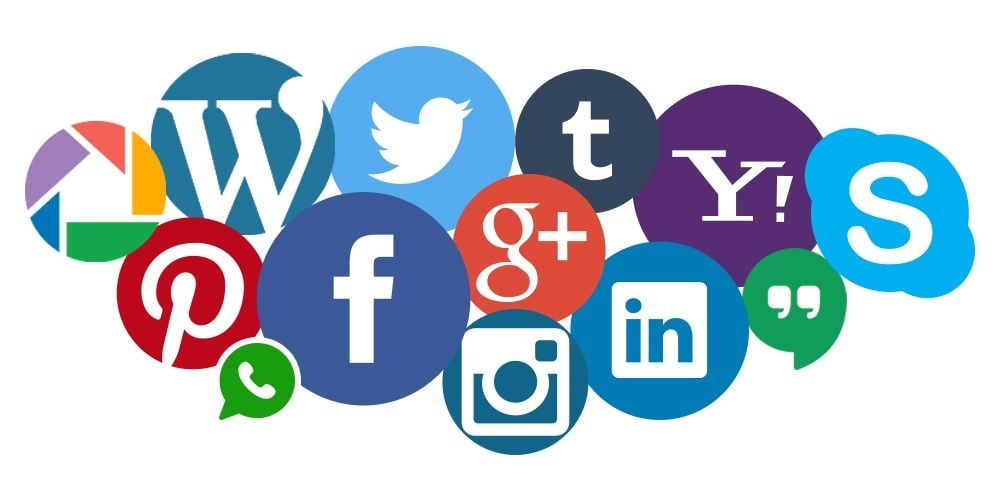
There is a good chance that you’ve heard of social selling by now. Most have, but most don’t know exactly what it means. In fact, many people confuse social selling with social media marketing. Nope. The two are related, but different branches of the same tree.
Social selling at its core is simply the process of leveraging social networks to sell your product or services to your target audience. It refers specifically to the process of identifying your targets on various platforms, establishing rapport with them through genuine conversation, and eventually closing them as a new customer.
There is a lot of nuances when it comes to social selling. The strategies for identifying and engaging with prospects on those platforms requires competence if some very specific areas.
In the end, those that are excellent at social selling may be able to ditch cold outreach entirely and instead rely on their ability to establish connections and leverage referrals to continue growing your business.
If you haven’t yet incorporated social selling into your digital sales strategies, you should start today. Social selling is going to play a key role in the future of B2B sales. In this article, we’ll dive into what social selling is, how you can use it to leverage new business, and provide some simple tips for embracing it.
What Is Social Selling?
Let’s dive right into the definition. Social selling is part art and part science. It is the process of using social media to find, connect with, engage with, nurture, and close sales prospects. It is a modern way to develop meaningful relationships with your target audience.
For many, social selling has been able to completely replace the practice of cold calling and cold emailing, instead relying on warm conversations to generate new business.
If you have any presence on social media — a business page, LinkedIn profile, professional Twitter account — you’ve likely already engaged in the most basic tenants of social selling. Even if you’ve never used those accounts to win new business.
What Social Selling is Not
What social selling isn’t is nearly as important as what it is. Social selling is not about reaching out and engaging in cold, unwanted conversations from your target audience.
Social selling instead relies on the forming of genuine relationships though equally-genuine conversation. Most social selling conversations start on unrelated topics, in groups, or in timeline posts.
Social selling is also not advertising. Social media ads are a separate category. While you can find interesting ways to bolster your social selling efforts with retargeting ads and similar strategies, they are not in the strictest sense a social selling strategy on their own.
Social selling is not spam. It’s not mass automation of timeline posts. It’s not auto-generating likes. Instead, social selling is all about genuine engagement that helps you to develop real, meaningful relationships with prospects.
Social Selling Tips
To fully understanding how social selling works, we wanted to share some basic tips that help to outline the process. There is a solid chance that you already engage in some of these actions.
A solid social selling presence on LinkedIn and other platforms requires consistent genuine engagement with your ideal prospects. Some of the ways you can facilitate this engagement include:
Use LinkedIn
LinkedIn is easily the best platform for B2B social sellers. While many might be tempted to use Twitter or Facebook, here at RiseFuel we always recommend that we start with LinkedIn. There is just too much potential there to overlook.
Here are a few stats that show why LinkedIn should play an integral part in any B2B social selling strategy:
- LinkedIn has more than 500 million total users, crossing that threshold in 2017.
- There are more than 260 million users that use LinkedIn on a monthly basis.
- More than 60 million of these people are senior level influencers.
- B2B marketers name LinkedIn as their primary social network for content distribution.
LinkedIn just provides so much opportunity, it’s difficult to recommend another platform. While Facebook and Twitter do provide their own value, they simply don’t stack up in terms of all of the readily available opportunity that LinkedIn can provide.
Look Your Best
Your prospects want to work with professionals. For that reason, it is critical that you ensure that you are putting your best foot forward at all times. Optimize your profile. Make sure that you have a professional photo that looks good.
In social selling, for better or worse, you are what you present. If you present unprofessionally that is exactly what people will think of you.
Make sure that you are meticulous about the way that you present yourself so that you can carefully align your social media image and presence with what your ideal clients will want to see from you.
Share Valuable Content
Ultimately social selling relies on your ability to present yourself as an expert. You have to show that your product or service will be able to solve a very specific problem or pain point for your client.
By consistently sharing valuable content around the topics that are most important to them.
However, it is important to understand that a content sharing strategy doesn’t just include the content that you write and publish yourself. You also want to share valuable content from other sources as well. View the content that you share in the context of you being a source of information and not just for promotional purposes.
Engage Early and Often
Once you initiate a conversation with a prospect, it is important that you continue your interaction with them over time. Nurturing a prospect through social selling can take weeks or even months before they actually become a customer of your business.
That process only happens if you continue to engage with them and push them down the line toward becoming a customer. It’s important to understand that these engagements shouldn’t be “salesy,” but rather genuine conversations.
The Future of Sales
Social selling will play a key role in most sales programs of the future. That isn’t to say that companies will rely solely on sales, but rather that they will integrate social selling into broader sales strategies.
Being an effective social seller allows you to create a reliable pipeline of prospects that are qualified and interested in your services, without having to fall back to cold calling.













